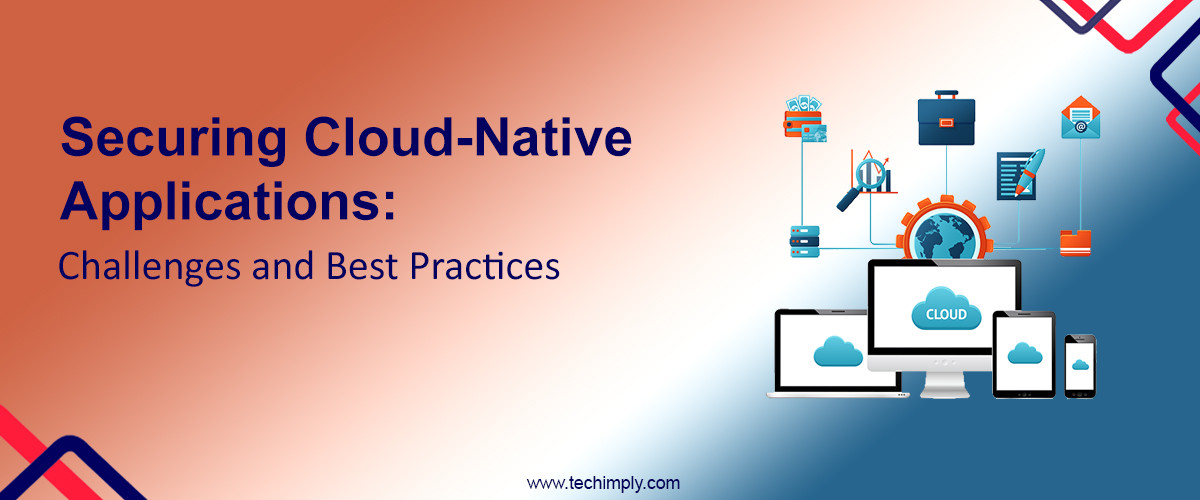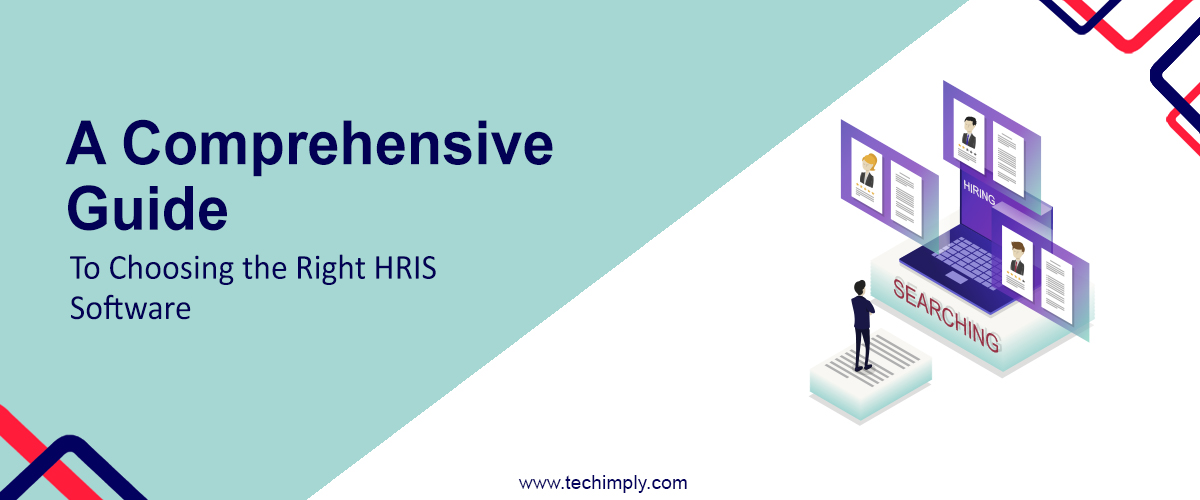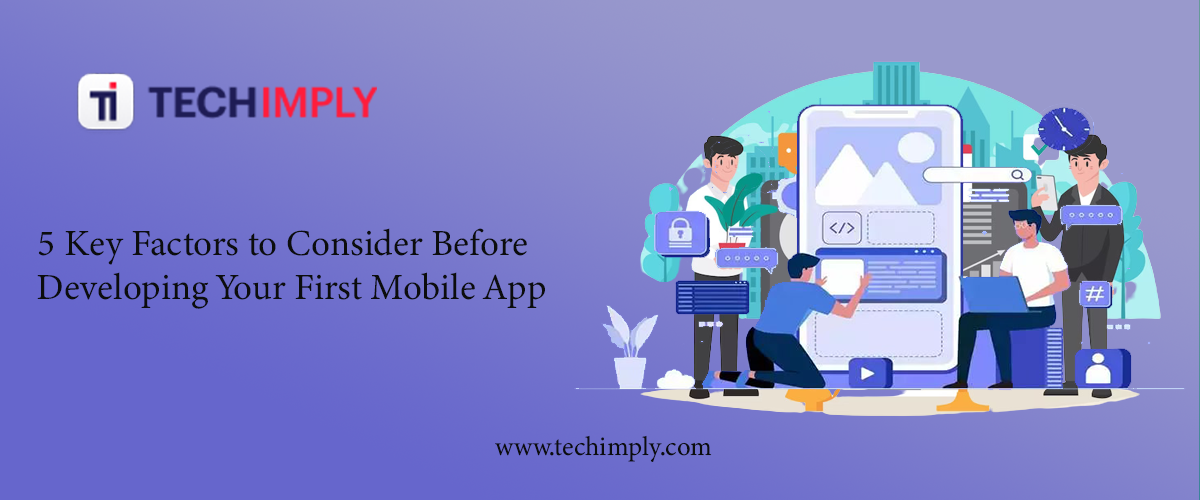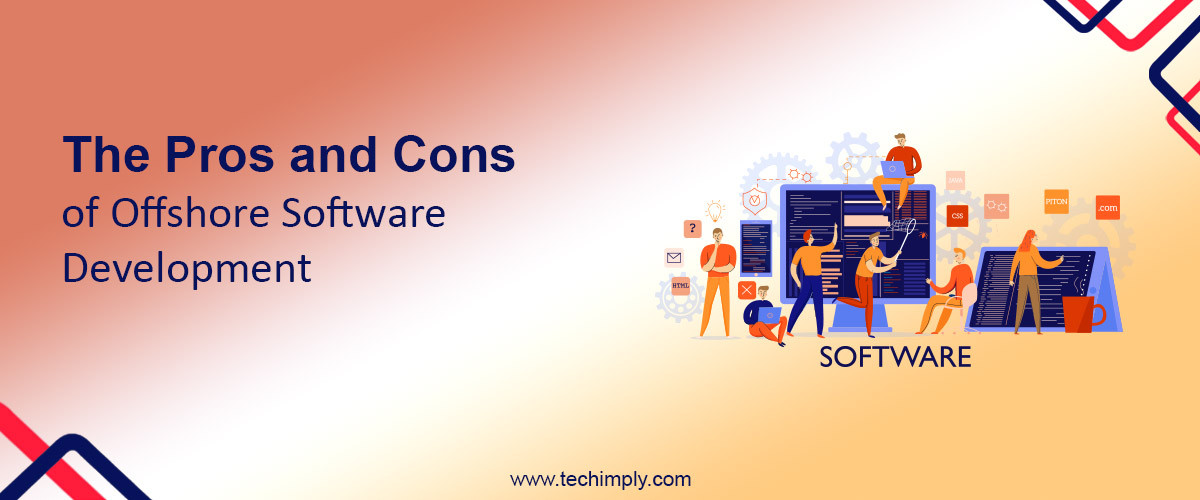In the ever-evolving landscape of technology, cloud-native applications have emerged as a pivotal force, offering scalability, flexibility, and efficiency to modern businesses. However, as organizations increasingly migrate their operations to the cloud, ensuring the security of these applications becomes a paramount concern. The unique architecture and distributed nature of cloud-native applications present a host of challenges, requiring a proactive and multi-layered approach to safeguard sensitive data and systems from cyber threats. In this article, we'll explore the challenges associated with securing cloud-native applications and delve into the best practices to fortify their defenses.
Challenges In Securing Cloud-Native Applications
Securing cloud-native applications presents a myriad of challenges due to their dynamic, distributed, and highly interconnected nature. Let's delve deeper into the various challenges associated with safeguarding these applications:
1. Dynamic Infrastructure
Cloud-native applications leverage cloud environments, often using container orchestration tools like Kubernetes. This dynamic infrastructure is characterized by frequent changes in the number of instances, their locations, and their configurations. Challenges include:
-
Visibility and Control: The constantly changing nature of infrastructure components makes it difficult to maintain visibility and control over all resources. Tracking these changes in real-time and ensuring consistent security configurations across the board becomes a challenge.
-
Configuration Management: The ability to configure and manage security settings uniformly across a rapidly changing infrastructure is a significant challenge. Misconfigurations or lapses in security settings can expose vulnerabilities and create potential entry points for attackers.
2. Microservices Complexity
Cloud-native applications are often designed using a microservices architecture, where applications are decomposed into smaller, loosely coupled services. Challenges in securing this architecture include:
-
Inter-service Communication: Microservices communicate with each other via APIs, presenting potential security loopholes. Ensuring secure communication channels between services without compromising performance becomes challenging.
-
Access Control Between Services: Managing and enforcing proper access control policies between various microservices is complex. Handling authentication, authorization, and securely managing service-to-service communication is crucial but intricate.
3. API Security
APIs serve as the linchpin for communication between various components within cloud-native applications. Challenges pertaining to API security include:
-
Authentication and Authorization: Ensuring that APIs are properly authenticated and authorized to access sensitive data or perform critical operations is crucial. Managing API keys, and tokens, and securing access to endpoints requires meticulous attention.
-
API Abuse and Attacks: APIs are susceptible to various attacks, including injection, broken authentication, and excessive data exposure. Protecting against these threats while maintaining API performance can be challenging.
4. Container Security
Containers play a pivotal role in cloud-native applications but come with their set of security challenges:
-
Image Vulnerabilities: Container images might contain vulnerabilities or outdated software libraries. Regularly scanning these images for vulnerabilities and ensuring they're up-to-date is essential.
-
Runtime Security: Monitoring and securing containers at runtime is challenging due to their ephemeral nature. Detecting unauthorized access, anomalous behavior, or malware within containers without impacting performance requires specialized tools and strategies.
5. DevSecOps Integration
Embedding security seamlessly into the DevOps pipeline is crucial for cloud-native application security. Challenges include:
-
Cultural Shift: Merging security practices into the rapid development cycle might face resistance due to differing priorities or mindsets between development, operations, and security teams.
-
Automated Security Checks: Integrating automated security checks without impeding the speed of development cycles is challenging. It requires tools and processes that enable continuous security testing without causing delays.
Best Practices for Securing Cloud-Native Applications
Securing cloud-native applications involves implementing a comprehensive set of best practices that address the unique challenges posed by their architecture. Here's a deeper exploration of the best practices for securing cloud-native applications:
1. Adopt a Zero Trust Model
Implement a Zero Trust security approach, assuming no implicit trust, and authenticate and authorize all interactions, even those within the network perimeter. Key aspects include:
-
Least Privilege Access: Enforce the principle of least privilege, ensuring that users and services have only the necessary permissions required for their specific tasks.
-
Micro-Segmentation: Implement network segmentation to create security zones and restrict lateral movement of threats between different segments of the network.
2. Continuous Monitoring and Logging
Utilize robust monitoring tools and establish comprehensive logging mechanisms to track application behavior, detect anomalies, and ensure compliance. This involves:
-
Real-time Monitoring: Employ tools that provide real-time visibility into application performance, traffic patterns, and security events.
-
Centralized Logging: Aggregate logs from various components of the cloud-native architecture to facilitate analysis, troubleshooting, and auditing.
3. Container Security Measures
Secure containers, which are integral to cloud-native applications, through various practices:
-
Image Scanning: Regularly scan container images for vulnerabilities using tools that identify and patch security flaws in the image contents.
-
Runtime Protection: Implement runtime security measures to monitor container behavior and detect any unauthorized actions or anomalous activities.
4. API Security and Authentication
Ensure robust security for APIs, which serve as critical communication interfaces within cloud-native applications:
-
Strong Authentication: Utilize standards like OAuth, OpenID Connect, or API keys to authenticate and authorize access to APIs.
-
Data Encryption: Encrypt sensitive data transmitted through APIs to prevent eavesdropping or unauthorized access.
5. Automated Security Testing
Integrate security testing into the CI/CD pipeline to identify and rectify vulnerabilities early in the development process:
-
Static and Dynamic Analysis: Incorporate automated security testing tools that conduct static and dynamic analysis of code to detect vulnerabilities.
-
Continuous Security Checks: Enable automated security checks at every stage of the development process, ensuring security measures are an inherent part of the deployment pipeline.
6. Education and Training
Promote a security-conscious culture within the organization by providing regular training and awareness programs:
-
Developer Training: Educate developers on secure coding practices and the importance of implementing security controls within their code.
-
Team Collaboration: Encourage collaboration between development, operations, and security teams to collectively prioritize and implement security measures.
7. Regular Security Audits and Assessments
Conduct periodic security audits and assessments to evaluate the effectiveness of security measures and identify areas for improvement:
-
Penetration Testing: Perform regular penetration testing to simulate real-world attacks and discover vulnerabilities that need immediate attention.
-
Compliance Checks: Ensure compliance with industry standards and regulations by conducting comprehensive audits and assessments.
Conclusion
In conclusion, cyber security and information security of cloud-native applications demands a proactive and comprehensive approach that addresses the unique challenges posed by their architecture. By implementing a combination of robust security practices, continuous monitoring, and a vigilant mindset toward emerging threats, organizations can fortify their cloud-native applications and mitigate potential risks, ensuring a more resilient and secure environment for their operations in the cloud
You May Also Like : GRC in the Age of Remote Work: Adapting Strategies for Distributed Teams






